When in Kitty Hawk, the two brothers who were to be later immortalized in the world of aviation as “The Wright Brothers” rose skywards, little did they realize that they would be allowing the space to carve a lot of words that the English vocabulary had yet to discover: “Airports” and “Air Strips” and “Aerodromes” and “Air Fields” and “STOLFields” and what not. And these words, what they signify, what they stand for have changed with time too.

Photo: Ganesh Paudel | Wikimedia commons
If we’re using the word “airport” to mean what it colloquially means, i.e., a strip of land from where an aircraft flies, where’s the world’s first “airport”? Well, it has been turned into a memorial: “Wright Brothers’ National Memorial.” The airport then would have been simply a piece of land where the airport could roll before thrusting skywards.
Fast forward a century, and we’re cognizant of the potential environmental impact of the aviation sector, and we’re looking at carbon-neutral airports. We have also seen many people fly to the world’s most dangerous airport, while some airports despite millions in investment have turned into the “emptiest airport in the world“.
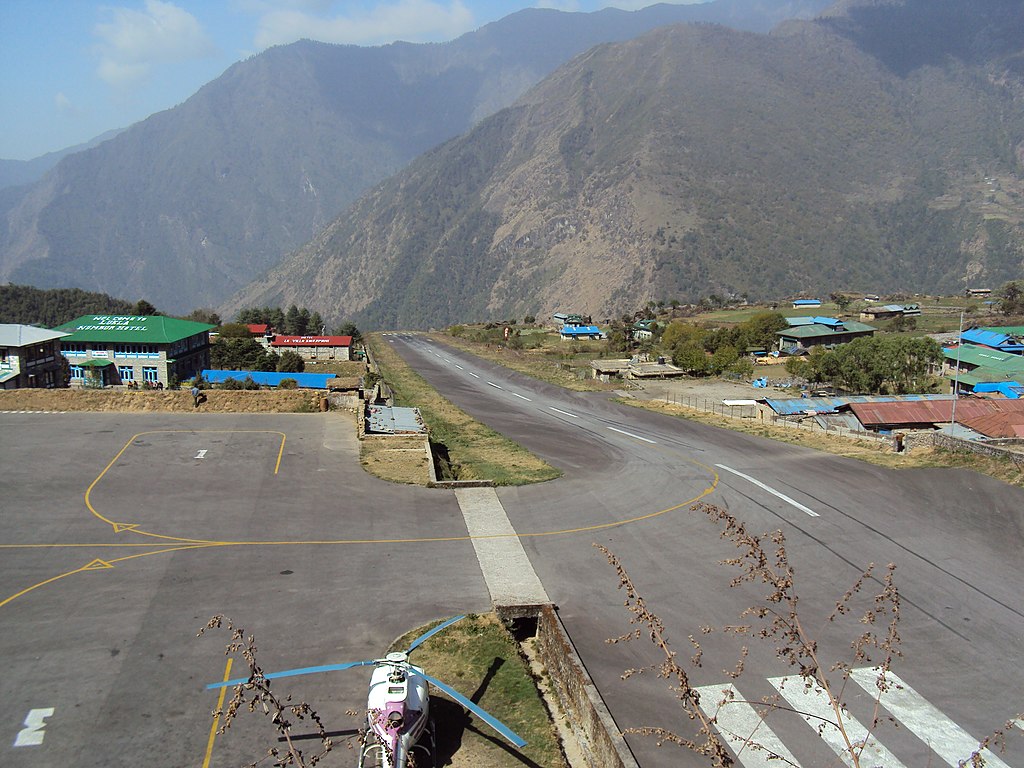
Photo: Jeremy Broomfield | Wikimedia commons
Going from being unaware of what environmental challenges airports would pose to completely neutralizing them, from housing aircraft traveling at speeds that a modern-day bicycle can triumph over to aircraft that fly seven times the speed of sound, from facilitating taking off or landing 250 kilograms of aircraft to aircraft that are 250 tons, airports haveevoled significantly over the years.
Let’s take a look at their history, track their evolution, and see their fascinating transformation.
The Early Days of Air Travel
What was the first airport like?
“Huffman Prairie” or the “Huffman Prairie Flying Field” or the “Huffman Field.” These are some of the terms we use to denote the field, which “the Wright Brothers” had used to make their historic flights and beyond. But it might come as a surprise that we might not be able to call it an “airport.”

Photo: Wright Brothers | Wikimedia Commons
This hesitancy comes despite the fact that it was this prairie, which the Wright Brothers had used after permission from the owner, “Torrence Huffman,” where several “firsts” in human aviation took place. These were:
- controlled turn
- controlled bank
- figure-eight
- circle
- “Permanent flight school”
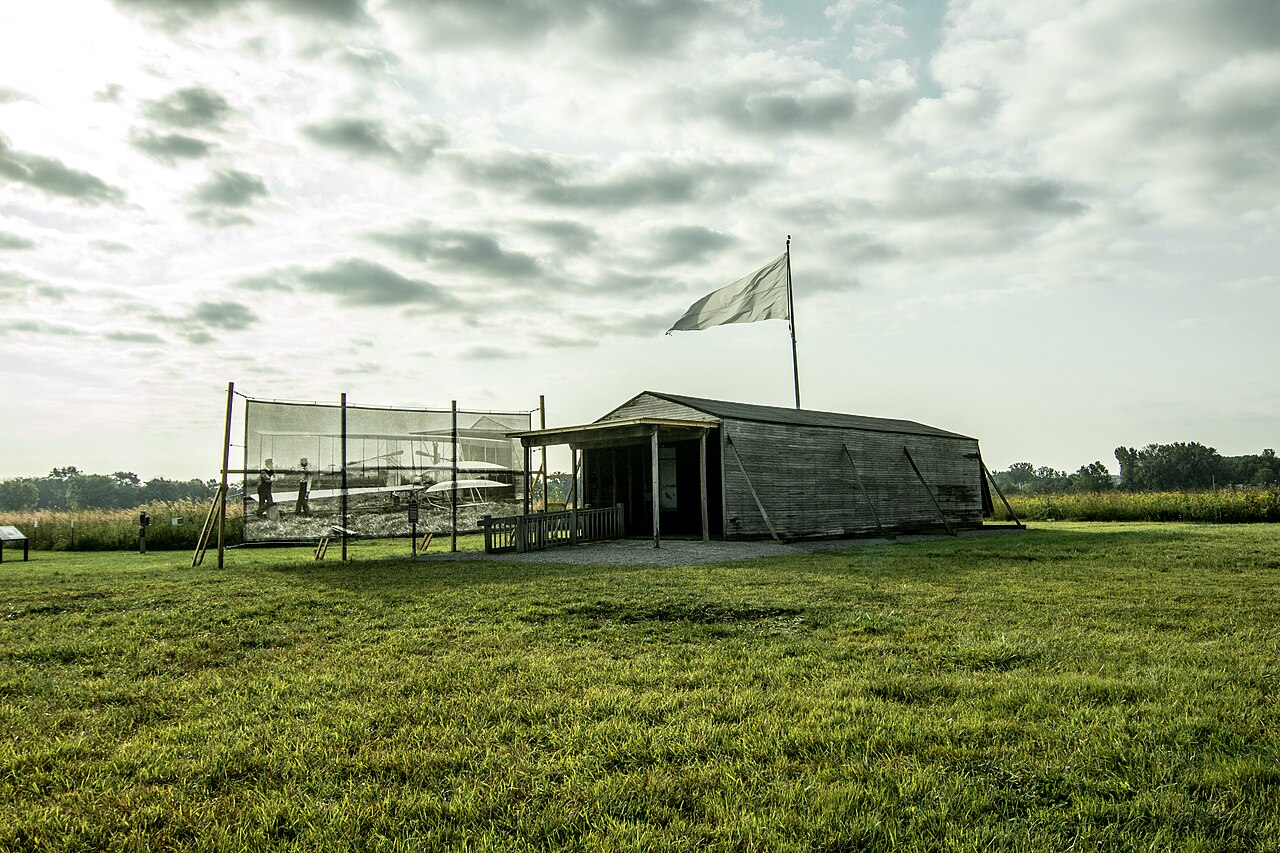
Photo: Ismael Laos | Wikimedia Commons
A historian Deborah Douglas while talking to CNN, gave her opinion as to why the “Huffman prairie” couldn’t qualify as an airport:
“An airport has to do two things: get airplanes in and out of the sky safely, and it has to transfer people and goods from one mode of transportation to another. If you’re not doing those things, then I’d say you’re not really an airport.”
But if you take a look at the modern definition of the “airport,” some dictionaries say, “An area of land or water that is used or intended to be used for the landing and takeoff of aircraft, and includes its buildings and facilities, if any.” In this sense of the word, “Huffman Prairie” is most definitely an airport.
When was the term “airport” coined?
Some sources say that the first reference to an airport is for “Bader Field,” which opened in 1910 and lay outside Atlantic City, New Jersey, U.S. It has also been coined as “the first municipal airport.”
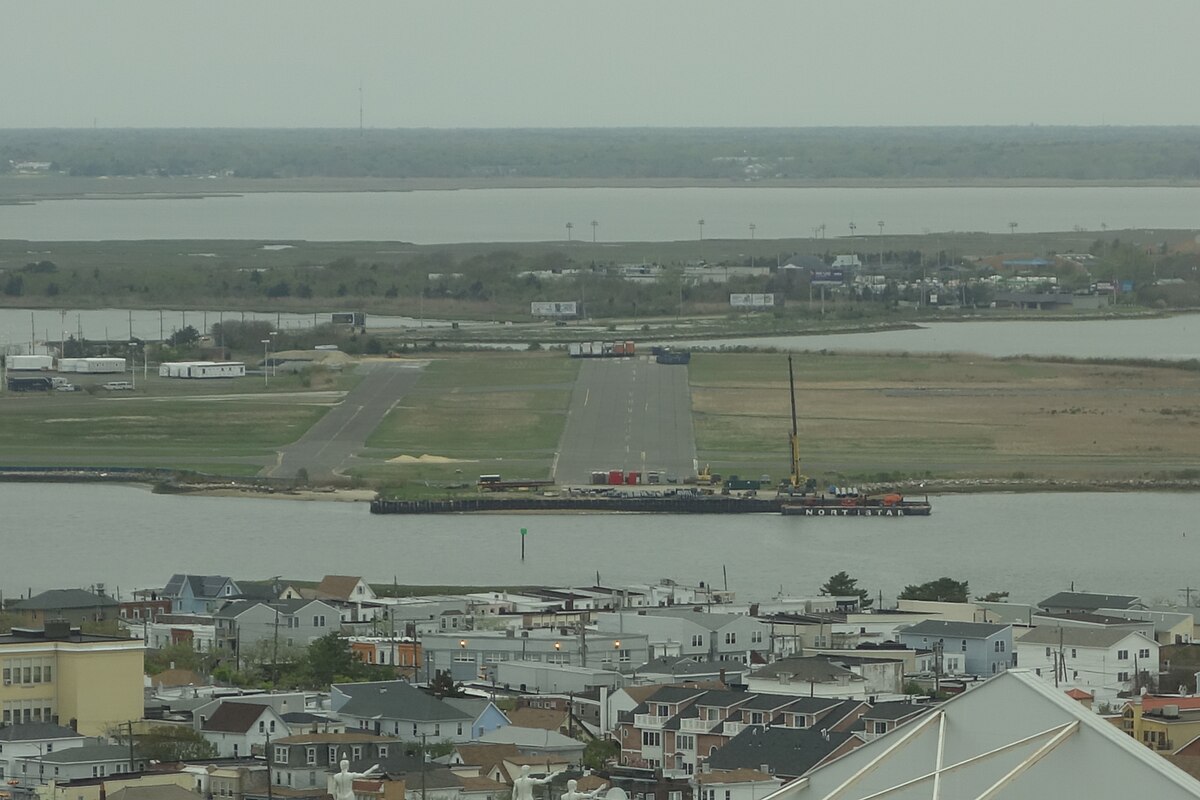
Photo: Tdorante10 | Wikimedia Commons
The College Park Airport is often referred to as the “world’s oldest continuously operated airport”. It was here that Wilbur Wright instructed military men to fly in government aircraft.
Then came airports in Hamburg and Shoreham and Bucharest and Amsterdam, taking the airports from the confines of the US and opening them up to the world.
But if we are to judge the first “airports” that opened, the word “aerodrome” might have been an appropriate fit for them. Aerodrome is a word that is sometimes perceived to be used in commonwealth nations.
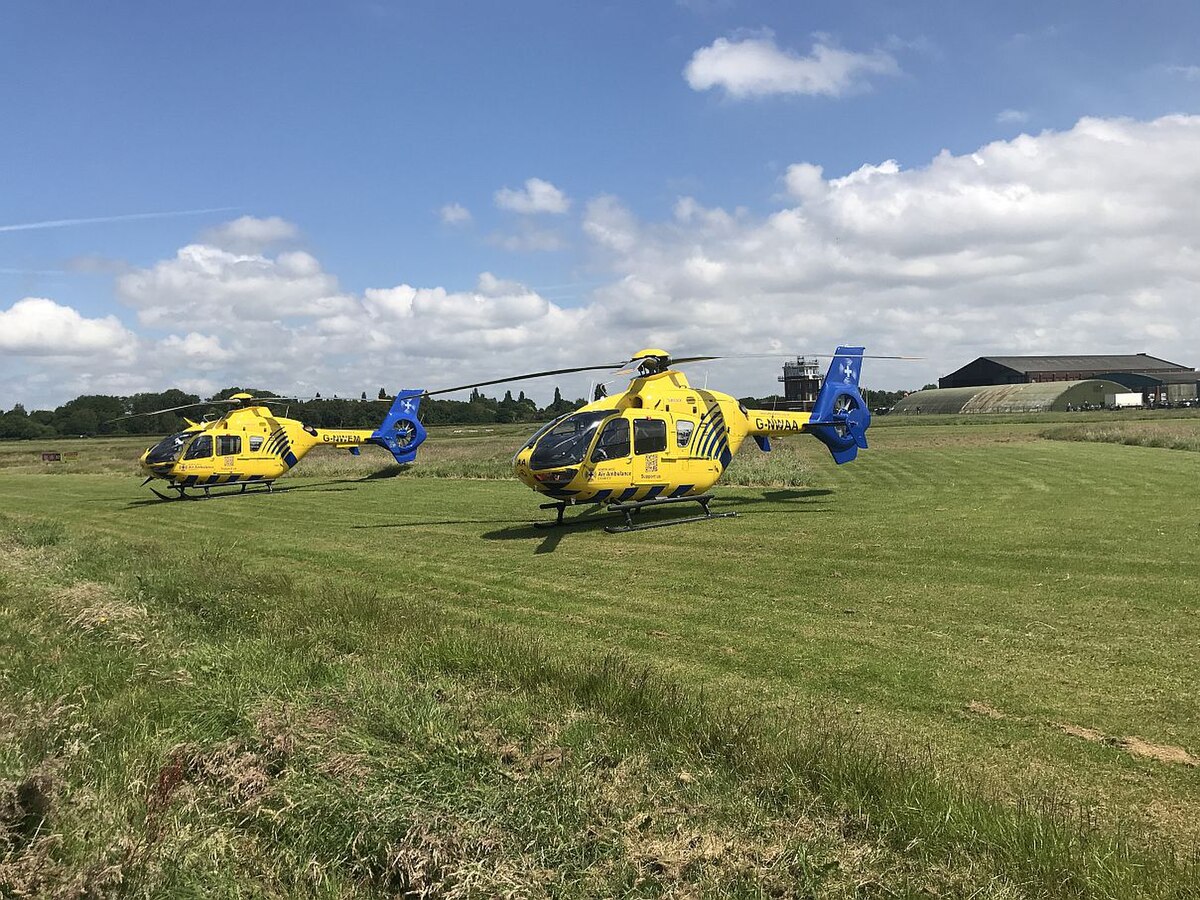
Photo: Legion23 | Wikimedia Commons
The word aerodrome, for `linguistic understanding, can be broken up into two fragments: “aḗr,” which in Ancient Greek meant “air,” and “drómos,” which meant “road or course.” Other parallels that can be drawn would be “velodromes” or “hippodromes,” which respectively are stadiums for track cycling and horse racing.
In modern times “airports” are considered extended versions of “aerodromes” which must be facilitated well and require a high degree of sophistication– ranging from design to eliminate the presence of birds to fire rescue operations.
The Evolution of Airports
It was after the First World War that airports had to get big. This is because aerial warfare became an important part of a country’s defense during the wars.

Photo: Wikimedia Commons
Jacques Schneider, an aviator, brought forth something that is known as Schneider’s trophy- a competition for the fastest seaplanes. As the world, at least 2/3rds of it is doused in water, he thought that seaplanes would be the future of commercial travel. This competition advanced aircraft speed by almost ninefold.
And with bigger, heavier, faster planes came the necessity to have larger airstrips. And for smoother takeoffs and landings, paved strips.
And so did commercial flights. It was on 1st January 1914 that the first scheduled passenger airline service began.
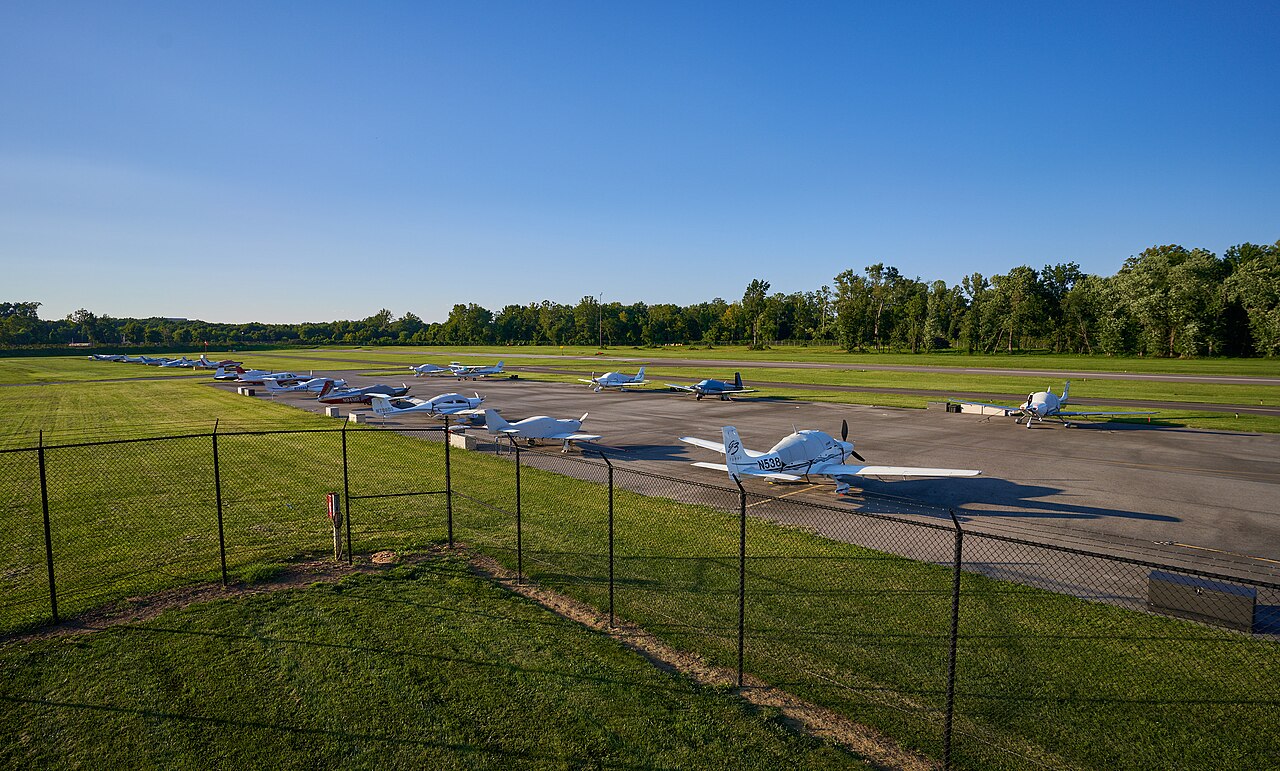
Photo: Black Tupelo | Wikimedia Commons
The first airports in the world might not have markers in runways to facilitate landing an aircraft. They were often seen as recreational centers where people visited to watch planes fly rather than actually travel. As far back as 1929, Berlin saw as many as 750,000 people visit the airport each month. The airports back then also had catering, observation decks, etc., to facilitate better viewing of aircraft taking off and landing.
World War II and the Post-War Boom
After World War II, there was an upsurge in air travel. The GI Bill, introduced in the United States to allow veterans to pursue education in college, also gave them the leverage to become pilots.

Photo: fortepan.hu | Wikimedia Commons
The Post World War period also saw the world get polarized into two fractions: the Communist block, which was spearheaded by Russia, China, North Korea, and their ilk, and the democratic block, which, although not led by the US, had a certain ring to it that it was so. During this time, a lot of space technologies came into fruition, and that only trickled and distilled itself into the aviation sector- helping develop supersonic aircraft. The introduction of supersonic aircraft helped to develop acoustic fencing.
The Mid-Century Shift and The Age of the Jet
Additionally, the transition from propeller to jet aircraft occurred in the airline business. In the 1950s, Boeing changed the game as it unveiled the first wide-body airplane, which could transport more passengers over a greater distance.

Photo: Ben Brroksbank | Wikimedia Commons
The evolution of airports in the past half a century or so has been one of adapting to the relentless increase in air traffic. The introduction of the commercial jetliner was a veritable paradigm shift, and on the fringes of these changes were the hub-and-spoke system, low airports adapting to security threats (of bombings), and the transformation of airports from utilities to commercial enterprises.
Take, for instance, the 1967 passenger terminal at Amsterdam Schiphol, which was envisaged to grow in a modular, box-like form. The original terminal is still at the center of the current huge and highly functional complex. And who would have bet on the odds of this when the architecture did not really stand out when it was built more than 50 years ago?
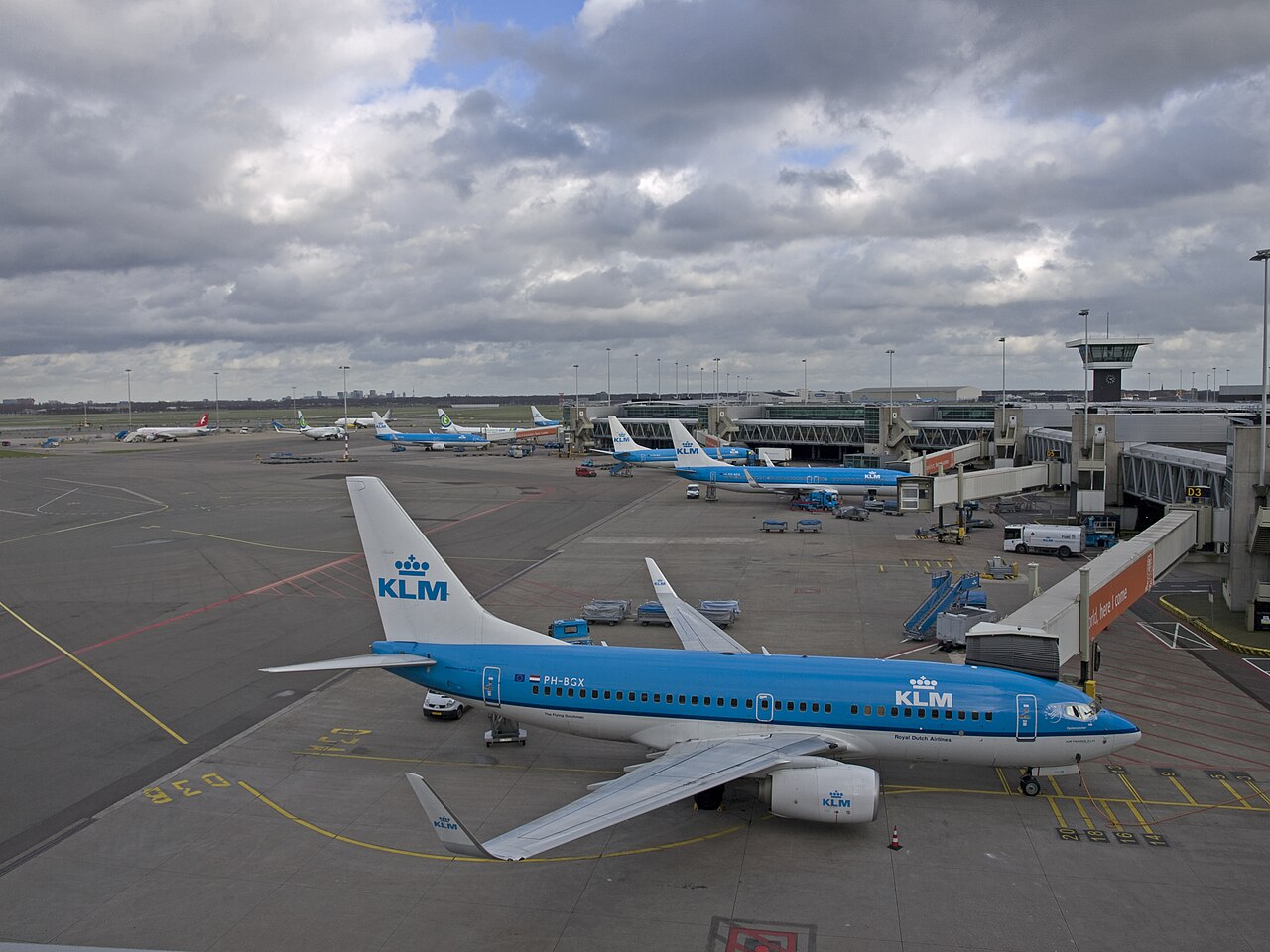
Photo: Ymblanter | Wikimedia Commons
New York’s “Terminal City,” where each airline operated its own specially created terminal, was something of a rarity back then, not to say it lay at the opposite end of the spectrum from the example of Amsterdam Schipol as its modification and expansion was significantly difficult, which is why dressings like these didn’t survive the wake of modernization.
And there are examples like Kai Tak, which couldn’t expand in proportion to the number of passengers that soared into the airport. Other airports, such as the Oslo Airport in Fornebu, Munich-Reim in Germany, and Denver Stapleton, suffered the same fate as Kai Tak as they closed down.
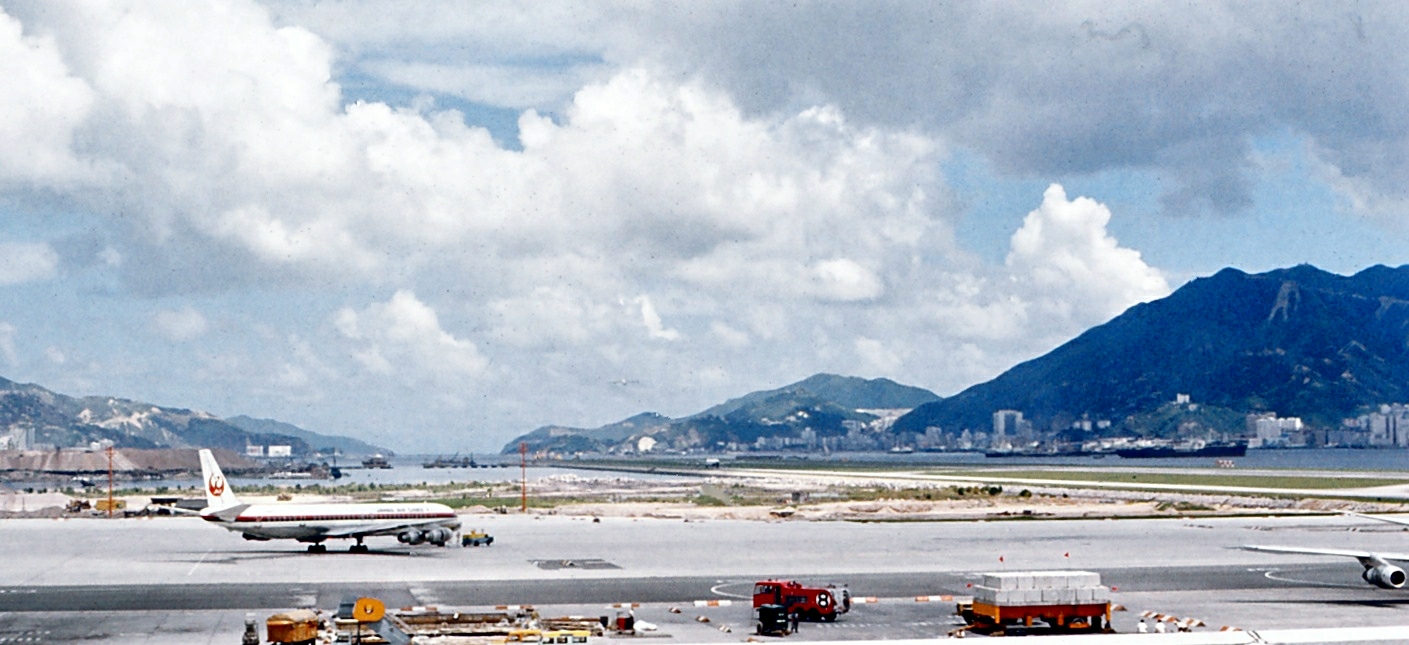
Photo: Barbara Ann Spengler | Wikimedia Commons
The New Millennium & Beyond
Since the turn of the millennium, the number of people who have taken air as their go-to means of transport has insouciantly increased. The world’s most sophisticated, extravagant airports are not simply places for flying but a whole host of other activities- the largest of them being places where a hundred thousand or more people are employed.
Some of the world’s largest airports, such as the Hong Kong International Airport, handle tens of millions of tons of cargo. This requires an intricate but equally lithe robot network of taxiways, runways, and extensive ground facilities: all of which can be easily accessible by operators that take control of fire-fighting and rescue.

Photo: Harrison Keely | Wikimedia commons
Equally, if not more important, become passenger- and cargo-handling facilities. Access to and navigational aids from car parking and public transport come into the picture and so do lighting and approach aids. To cap it all off, facilities that support the smooth functioning of these requirements, such as catering, weather administration and meteorological services, and governmental inspection.
Revelations of how far airports have evolved since the turn of the millennium
The boom of computer technology has allowed airports to become state-of-the-art. And so have the environmental concerns with regards to the environment that we have discovered.
Quantum Computing
Major aircraft manufacturers such as Airbus are experimenting with quantum Technology to work on aerodynamics, fluid flows, etc., to optimize air travel experience. An equally strong case for the use of Quantum computing has been made to smoothen operations, including optimizing network coordination systems and enhancing contextual, personalized services.
Biometric Authentication
Biometric Technology for immigration, boarding, and baggage processes will most definitely be the way to go into the future. As a result, headlines such as “Your Face is Your Boarding Pass” are often popular with technology popularizers.
Greenfield Airports
The concept of greenfield airports involves building new airports with a strong focus on sustainability and reducing carbon emissions. For example, the planned Western Sydney International Airport in Australia aims to achieve carbon neutrality by using renewable energy sources and implementing energy-efficient designs.
Futuristic Plans
The Jewel Changi Airport in Singapore is a marvel that has revolutionized the airport experience with an experience that mingles the indoor forest, a rain vortex, sky nets, and canopy mazes. It is also a place where you can play, shop, dine, or rest.

Photo: Mike Peel | Wikimedia Commons
Hyperloop Connections
In an airport that lies in the “aerospace valley,” we have explored the idea of connecting airports to nearby cities using hyperloop technology. Hyperloop could provide ultra-fast and energy-efficient transportation.
Conclusion
Airports, especially those of the Middle East, which are perceived to be a shopping universe of their own with extravagance and charm, have further changed airports from what they were in their initial days- places where aircraft could take off. The use of sustainable air fuel, along with the implementation of ways to make airports blend with and stand out as a different enterprise from the environment, is delightful. But these changes will, in turn, have their downsides, and airports will evolve further. After all, “airports” are, as far as we’ve seen, malleable with regard to time and, more importantly, with regard to demand.
